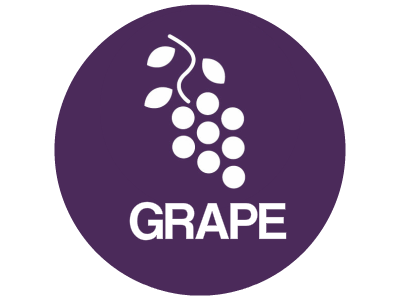Why? Venture capitalists and angel investors are finding new opportunities because for the first time, they are being allowed to sit at the table.
More than being allowed, they are being invited. And business goes where business is invited.
What has the Medical Mile done for Grand Rapids? Beyond the creation of a billion-dollar healthcare, life sciences and education campus, this is one of the most important changes in the reinvention of this American community, the creation of a new money model.
“When you raise money in Grand Rapids, the first question is, ‘who else is in?” explained Dale Grogan, a partner at Charter Group in downtown Grand Rapids, and the managing director of Michigan Accelerator Fund 1, LP. “Then when they get that name, they call that person, talk to him and get back to you to say, ‘I am in.’”
That is how it has always worked in Grand Rapids, that is how it will always work. “And there is nothing wrong with that. But our mission here is to expand that old boys network,” said Grogan.
Outside money is what got Silicon Valley started. He said that did not happen on Medical Mile. The historic approach in this conservative, parochial, West Michigan community has always been “those who have are those who give, and if they don’t have enough, the project can wait.”
“West Michigan has been very provincial in its approach to fundraising. We don’t want to take in other partners because we don’t know who these people are,” Grogan told me. “That is a cloistered way of thinking and certainly is not conducive to venture capital.”
That is changing, however, “as the community has matured…those shackles have come off.”
This new financial model is also a shift from one of philanthropic giving, to one of pure investing; money making money.
Historically, the people who did give in Grand Rapids never expected a real return and did not see it as an investment beyond the tax breaks or the name on a building that might be the result.
There was money to be made off the philanthropy if the giver owned the land on which a new public institution would be built or controlled the construction, etc.
That still wasn’t the same as just making money with money, a concept that almost seemed dirty or at least unseemly to the old money in Grand Rapids.
“But now it is turning towards investment,” said Grogan. “That is really where the tipping point is, I think.”
This is an excerpt from Last Chance Mile: The Reinvention of an American Community, the story of how the people of Grand Rapids changed the way the world sees their community and the way their community sees the world. It is available wherever books are sold.
Rod Kackley is a journalist and author who has written a five-part ebook essay series, Restore The Roar: Manufacturing Renaissance and Last Chance Mile: The Reinvention of an American Community. He has also written for Crain’s Michigan Business and The Detroit News, and is a former news director of WOOD-AM/FM in Grand Rapids.
For more information go to www.rodkackley.com
